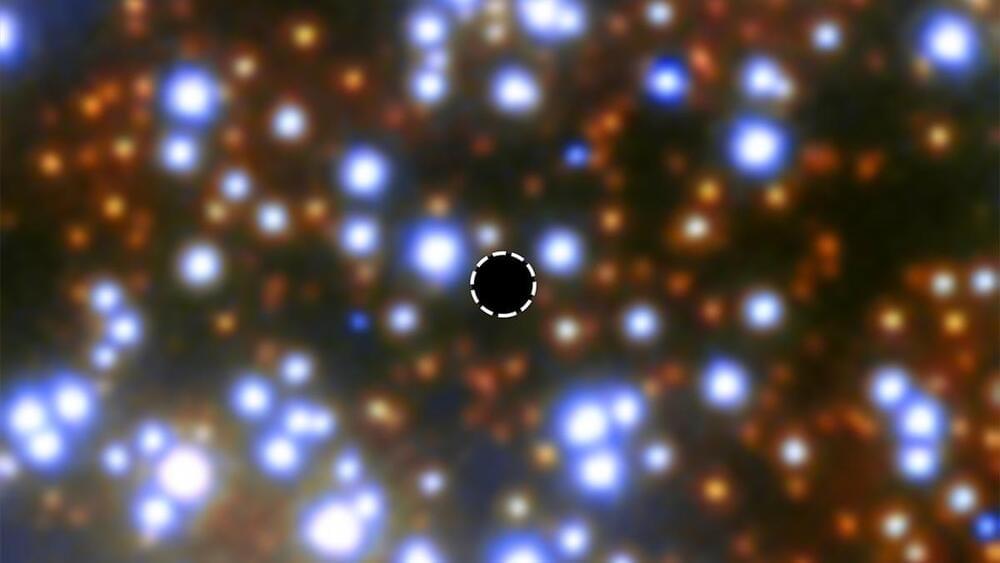The discovery is the best candidate for a class of black holes astronomers have long believed to exist but have never found—intermediate-mass black holes formed in early stages of galaxy evolution.
Visible to the naked eye as a smudge in the night sky from Southern latitudes, Omega Centauri is a magnificent collection of 10 million stars. Viewed through a small telescope, it resembles other globular clusters —a densely packed spherical assembly of stars where the core is so congested that individual stars blur into one another.
However, recent research conducted by teams from the University of Utah and the Max Planck Institute for Astronomy has resolved a long-standing debate among astronomers by confirming that Omega Centauri harbors a central black hole. The black hole appears to be the missing link between its stellar and supermassive kin—stuck in an intermediate stage of evolution, it is considerably less massive than the colossal black holes that are typically found in the centers of galaxies. Omega Centauri seems to be the core of a small, separate galaxy whose evolution was cut short when it was swallowed by the Milky Way.










Leave a reply